What are Brood X cicadas?
The periodical cicada sensation that’s sweeping the nation.
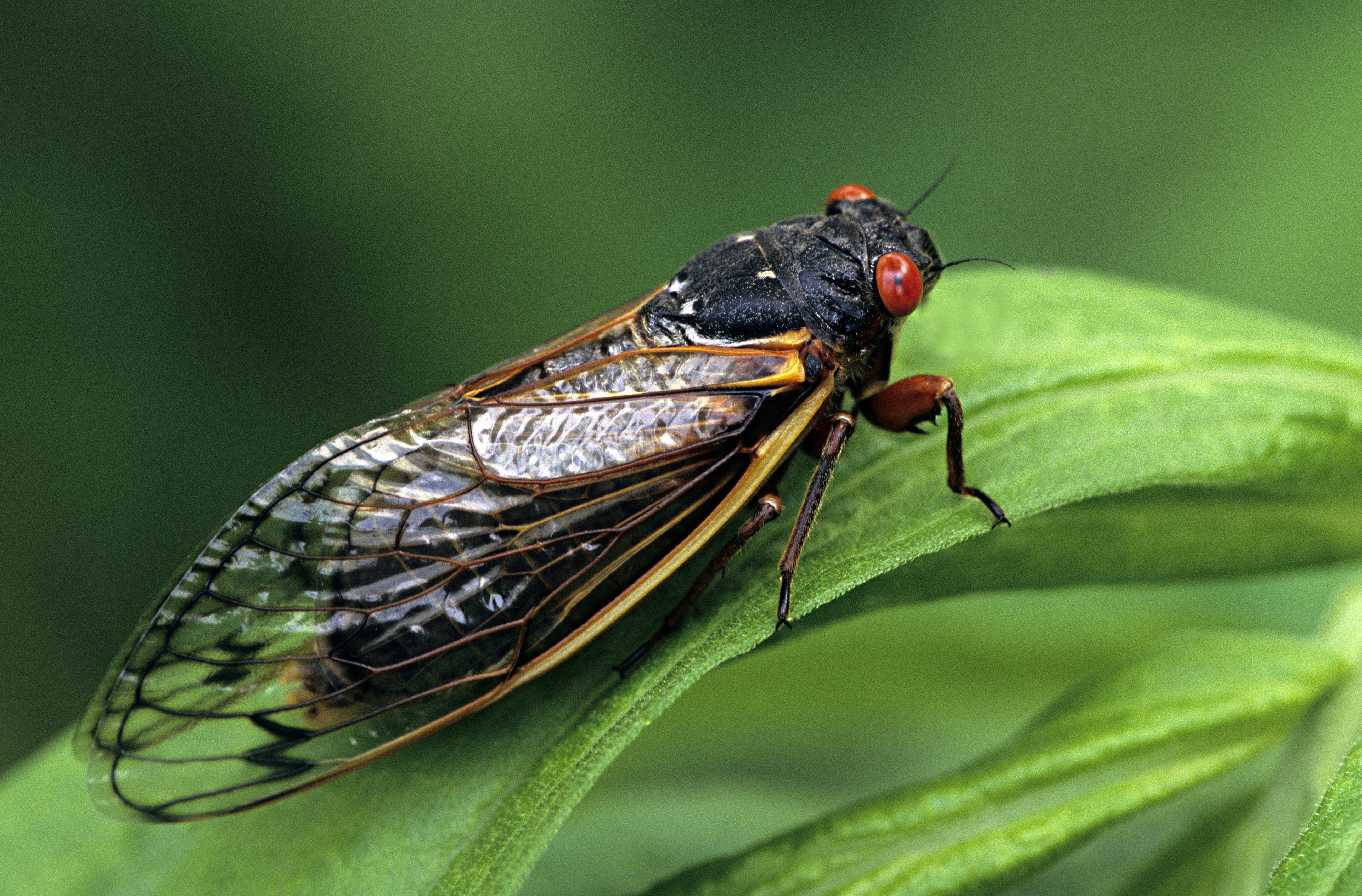
Every 17 years, the billions of periodical cicadas that make up Brood X turn their attention from tree roots to the sky. In the spring of 2021, after nearly two decades of development underground, the insects are ready to dig their way out of the earth across the eastern United States.
Once exposed to open air, the cicada nymphs will shed their exoskeletons and climb up the nearest trees. There, the males will spend the next few weeks looking for love by shrieking at the top of their tymbals — the white, drum-like organs on each side of their bodies. In a tree full of male cicadas, tymbals can amplify the amorous insects' mating calls until they're loud enough to drown out a lawn mower.
Related: Prime numbers protect Brood X cicadas from everything but zombie fungus.
What is a cicada?
Cicadas are winged insects whose closest relatives are other sap-sucking bugs, like aphids and leafhoppers. The 3,000 species of cicadas found worldwide range from 0.75 to 2.25 inches (1.9 to 5.7 centimeters) long, according to National Geographic. Like most insects, they have six legs and two sets of wings as adults.
Cicadas begin their lives as eggs laid by adults high in trees, according to a study published in 1995 in the journal Annual Review of Entomology. After hatching, the tiny, wingless nymphs don’t look much like adult cicadas. These juvenile cicadas fall out of the trees where they were born and burrow into the ground below. There, they tap into tree roots and feed on the tree’s fluids, which contain few nutrients but allow the cicadas to grow slowly and safely. The nymphs will feed at tree roots for a year in the case of annual cicadas, and up to 17 years in the case of periodical cicadas, such as Brood X (the "X" represents the Roman numeral "10," and Brood X is one of 12 cicada groups that emerge every 17 years).
Related: How tall can trees grow?
Brood X is made up of three cicada species: Magicicada septendecim, Magicicada cassini and Magicicada septendecula, reported the Washington Post. In their adult form, these insects have black bodies, long wings and red eyes. M. septendecim is the largest of the periodical cicadas and grows up to 1.5 inches (almost 4 cm) in length, according to the University of Michigan’s Animal Diversity Web,
Get the world’s most fascinating discoveries delivered straight to your inbox.
During their years underground, periodical cicada nymphs molt through five growth cycles, known as instars. Then, when ground temperatures reach 64 degrees Fahrenheit (18 degrees Celsius) at a soil depth of 8 inches (20 cm), the nymphs emerge en masse and metamorphose into winged adults, according to the National Oceanic and Atmospheric Administration. Adult cicadas are fragile, white and vulnerable for hours or even a few days until their new exoskeletons harden.
Related: Cicada wings are self-cleaning.
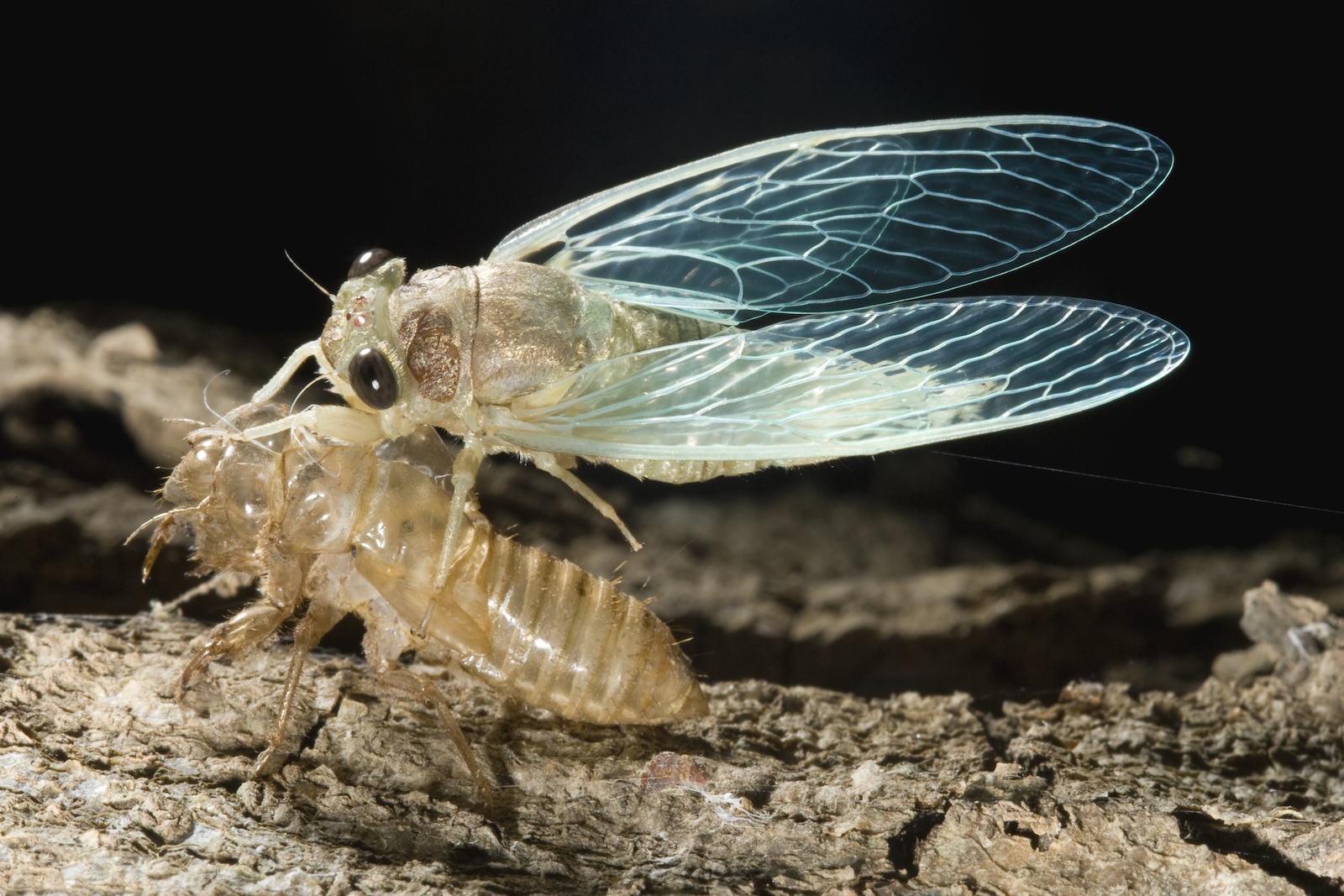
Then, according to the Annual Review of Entomology study, cicadas spend four to six weeks arranging themselves in trees, locating others of their own species, and making as much noise as they possibly can. Each species produces a distinctive call, likely to help members of that species find each other. If they’re lucky enough to avoid predators and find a mate, they will reproduce once and then die.
It’s a short adult phase, but periodical cicadas are one of the longest-lived insects in the world. (The record for greatest longevity probably belongs to a wood-boring beetle, one of which was found after a 51-year larval stage, according to the University of Florida’s Book of Insect Records.)
What does “periodical” mean?
A periodical cicada, like those in Brood X, is a cicada whose lifespan is based around a prime number — a number that can’t be divided by another whole number. Only found in the eastern United States, periodical cicadas develop underground for 13 or 17 years before emerging for their month-long reproductive frenzy and subsequent deaths. This unusual life history is an evolutionary strategy, according to a 2004 study in the journal Physical Review Letters.
Periodical cicadas are vulnerable to predators, and birds, lizards, snakes, fish, insects and mammals will devour as many members of the slow, vulnerable Brood X as they can catch. So the insects have evolved an unusual life cycle — their prolonged subterranean development means that predators can’t depend on periodical cicadas as a reliable food source. Even if predator populations wax and wane, the likelihood that greater numbers of predators would coincide with a particular periodical cicada emergence is very low. As a result, species that prey upon the insects have not evolved to have larger populations in anticipation of years when cicadas are plentiful.
Related: Prime numbers protect Brood X cicadas from everything but zombie fungus
When the cicadas emerge in enormous numbers, their predators are overwhelmed with choice: In 2016, periodical cicadas in some areas congregated in densities of 1.5 million insects per acre, reported the Washington Post.
After predators have eaten as many cicadas as they can manage, the lucky bugs that remain are free to mate. Once their eggs hatch and burrow into the ground, the new babies of Brood X won’t see the sky again for 17 years.
According to the Washington Post, “The last time Brood X appeared, Greece was preparing to host the Olympics, Barack Obama was a state senator in Illinois, and President George W. Bush was fighting for a second term.” The next time Brood X emerges will be in 2038.
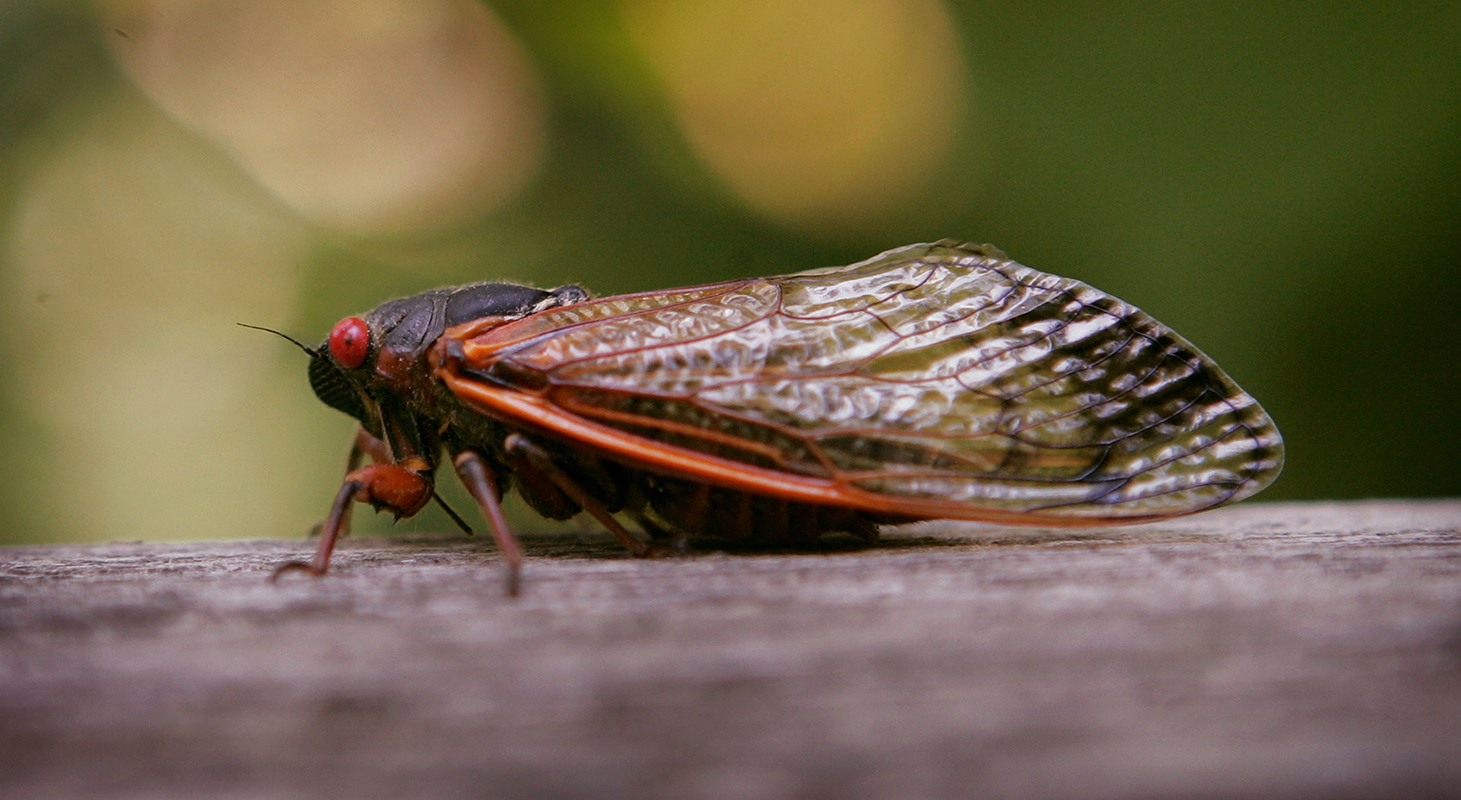
Where will Brood X emerge?
As one of the most widespread broods of periodical cicadas, Brood X is expected to emerge in as many as 15 states from Illinois to New York, and perhaps as far south as northern Georgia according to the cicada mapping project run by the University of Connecticut (UConn).
The full list of states likely to see some portion of Brood X includes Delaware, Georgia, Illinois, Indiana, Kentucky, Maryland, Michigan, New Jersey, New York, North Carolina, Ohio, Pennsylvania, Tennessee, Virginia and West Virginia. They’re also expected to make a big impression in the District of Columbia.
Related: Why do cicadas sing?
From April at the earliest, but more likely between May and June of 2021, Brood X will emerge from the soil below trees in wooded areas. According to UConn’s cicada FAQ, you can expect to hear the male cicadas within a week or so from their new perches in the branches up above, almost exclusively during the day.
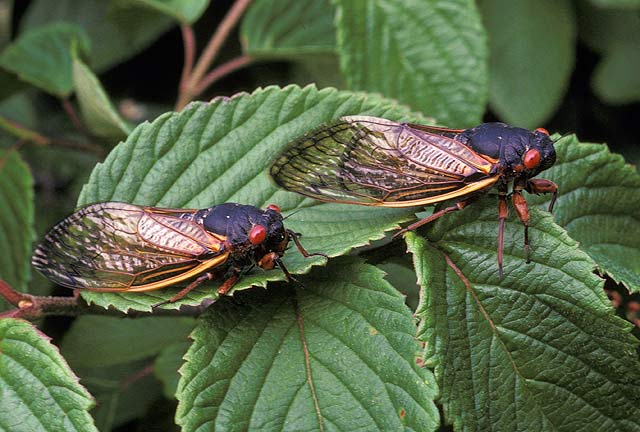
How do the cicadas know when to emerge?
"The year of cicada emergence is cued by what I and others believe to be an internal molecular clock," Chris Simon, a professor in the Department of Ecology and Evolutionary Biology at the University of Connecticut, told Entomology Today.
A periodical cicada's internal clock is likely calibrated by certain environmental cues that signal the passage of a year, "such as the trees leafing out," Simon suggested. This event, he said, changes the composition of the fluid in tree roots that nourishes cicada nymphs in early instars, or developmental stages.
"The accumulation of 13 or 17 years triggers the emergence of fifth-instar nymphs. The day of emergence is triggered by accumulated ground temperature," Simon said.
In fact, entomologist Richard Karban of the University of California, Davis, used this "tree time" phenomenon to get a group of 17-year cicadas to emerge a year early. Karban manipulated peach trees that were supporting the cicada nymphs so that the plants bloomed twice a year rather than just once. The cicadas had already been brooding for 15 years, and the double-blossoming tree roots tricked the insects into "thinking" that two years had passed, Karban reported in July 2000 in the journal Ecology Letters.

Why are they called Brood X?
The different broods of cicadas were originally named by entomologist Charles Lester Marlatt in a 1907 publication issued by the U.S. Dept. of Agriculture Bureau of Entomology. Marlatt gave a Roman numeral name to each year in the cycle of 17-year cicadas; he assigned another set of Roman numerals to each year in the cycle of 13-year cicadas. Only 15 or so brood names are in common use now.
All 17-year cicadas that emerged as part of Brood X in 2004 are still part of Brood X, even if they emerge out of cycle, according to UConn's mapping project. A number of cicadas from Brood X emerged early, in 2017, but they are considered to be stragglers from this population and are not identified as a separate brood, UConn says.
How do you identify periodical cicadas?
Annual cicadas emerge later in the year than periodical cicadas, arriving in late June through August, entomologists with North Carolina State University (NCSU) wrote. The annual insects are typically light green or brownish in color, while periodical cicadas have black bodies, red legs, bright red eyes and red veins running through their large, translucent wings.
Periodical cicadas' bodies usually measure about .0.75 to 1.25 inches (1.9 to 3.2 cm) in length, while annual cicadas' bodies are somewhat bigger, at about 1.75 inches (4.5 cm) long.
The three species of Brood X can be identified by the calls made by the males, according to UConn’s cicada website. Other identifying factors are the insects' location (not all species are found across the entire Brood X range), size and color. M. septendecim is larger than the other two species, and M. cassini usually does not have red or orange stripes underneath its abdomen.
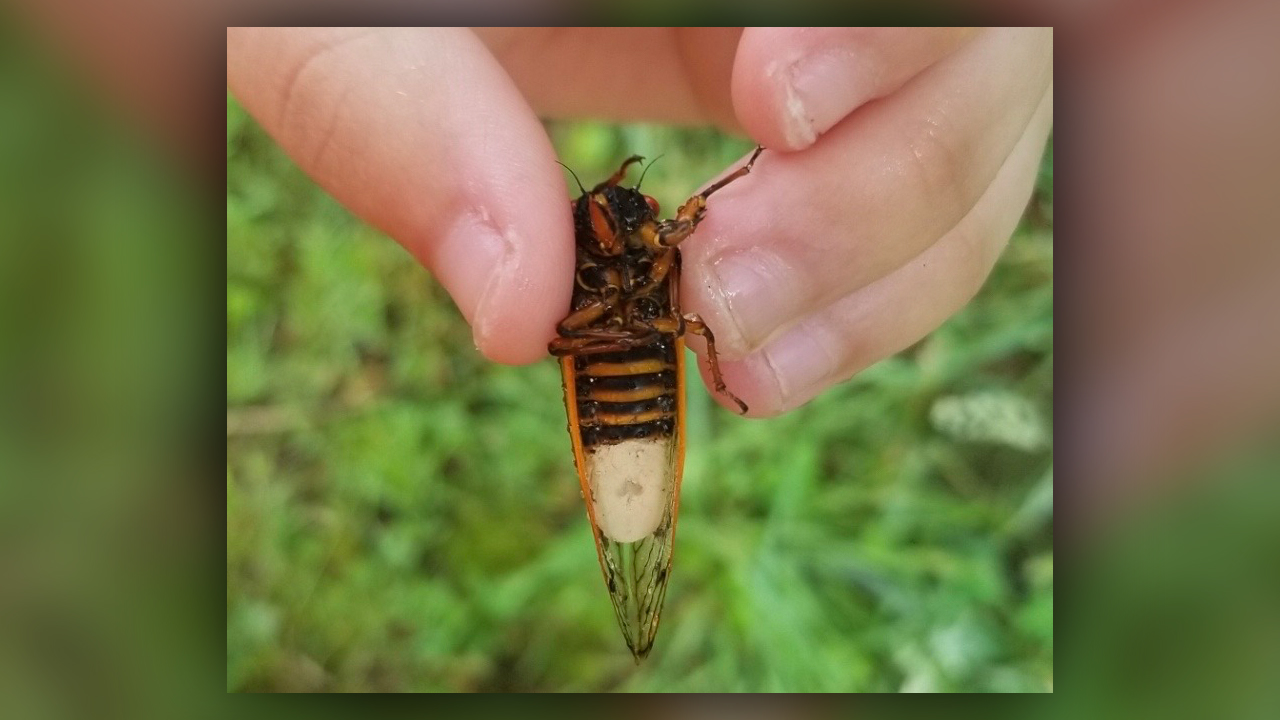
Who bites who?
Cicadas don’t bite or sting defensively and pose no danger to humans, according to UConn. While the females may damage branches on young trees when they lay their eggs, cicadas are not considered to be major agricultural pests.
However, humans can pose a threat to cicadas — as predators. Isa Betancourt, an entomologist at Drexel University, once told NBC that the insects are a delicacy, calling them "the shrimp of the land." An article from 2013 in the New York Daily News described a cookbook dedicated to cicada recipes, and referred to cicada expert Gene Kritsky’s advice that the best cicadas to consume are the newly-emerged “tenerals:” cicadas that have become adults but do not yet have hardened exoskeletons.
There’s one more unusual threat to cicadas, beyond their usual predators and the occasional curious chef: the zombifying fungus that turns cicadas into “flying salt-shakers of death,” so named by a 2019 paper in Fungal Ecology. Male cicadas infected by a particularly gruesome parasitic fungus become zombies, controlled by a fungus that uses their bodies to pursue its own agenda. Zombified cicadas exhibit hypersexual behaviors, with males broadcasting the sound of a female's come-hither message using flicks of their wings. This sexual fake-out attracts other male cicadas in order to infect them, too, adding even more unsuspecting victims to the zombie cicada horde.
Additional resources
- From Scientific American, climate change could be causing cicadas to emerge early.
- Cicada Mania produced this video on how to identify the species of periodical cicadas.
- Download the Cicada Safari app to join a Mount St. Joseph University community tracking project that will map the Brood X emergence.

Vicky Stein is a science writer based in California. She has a bachelor's degree in ecology and evolutionary biology from Dartmouth College and a graduate certificate in science writing from the University of California, Santa Cruz (2018). Afterwards, she worked as a news assistant for PBS NewsHour, and now works as a freelancer covering anything from asteroids to zebras. Follow her most recent work (and most recent pictures of nudibranchs) on Twitter.
